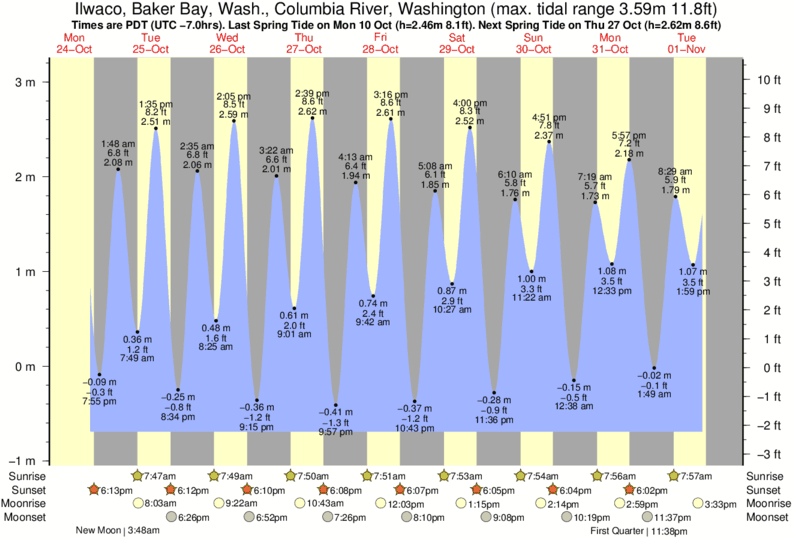

Lygus pratensis (L.) is an important cotton pest in China, especially in the northwest region. These result showed that heavy chemical control in some regions could probably result in differences among genetic structures of active populations of this pest. Results indicated that RAPD primers could separate populations with severe chemical control in a group compare to other regions where, population of two regions of Esfandagheh and Dashtab were clustered in the same group. Individuals were clustered using Jacard similarity index. The results of similarity and genetic distance between populations based on Nei's method also showed that the low chemical control and the severe chemical control regions with a genetic distance of 0.0714 have the greatest genetic distance and also the region with the low chemical control had the highest similarity with the regions without chemical control. Accordingly, OPA-02 was found the most useful primer, that created the greatest amount of PIC with the rate of 0.395. After observation and scoring bands patterns, data were analyzed with NTSYS and POPGENE softwares. DNA of specimens were extracted with Chelex method and amplified with eight RAPD primers including: OPA-01, OPA-02, OPA-03, OPA-04, OPA-07, OPB-07, OPK-17 and OPO-05. sampling was conducted in different regions including: Zangi-abad Kerman and Haft bagh Kerman (regions with severe chemical control), Dashtab Baft (region with low chemical control) and Esfandagheh Jiroft (region without chemical control) during July-August in 2012. The current study aimed to investigate the genetic structure of common pistachio psylla (Agonoscena pistaciae Burckhardt & Lauterer)populations in some pistachio planting areas in Kerman province with different chemical control management programs. The high level of population genetic structuring is most probably related to dispersal capacity, life history variation and the geographic isolation among the populations. This finding is consistent with population pairwise FST analysis which found that most populations were genetically distinct. Genetic structure analysis revealed that geographic adjacent populations share haplotypes, while distant populations exhibit distinct haplotypes, indicating geographic isolation and limited gene flow among populations. Because these lineages are genetically highly different with the genetic divergence of 4.57%-4.99% and 3.61%-4.58% based on cytochrome c oxidase I and Cyt-b and 2.88%-4.91% for nuclear 5.8S/ITS2 sequences suggesting the possibility of existence of cryptic A. Haplotype network and phylogenetic analyses separated populations into two major clades, the central-southeastern and the northeastern clades.
High levels of genetic diversity was found for all three genes due to the existence of two genetically divergent lineages. We used two mitochondrial genes (COI and Cyt-b) and one nuclear sequence (ITS2) to investigate the genetic structure and diversity of 5 populations spanning the distribution of this pest in Iran. Despite its economic importance, little is understood of its genetic diversity and population relatedness. Agonoscena pistaciae Burckhardt & Lauterer is a serious global economic pest of pistachio.


 0 kommentar(er)
0 kommentar(er)
